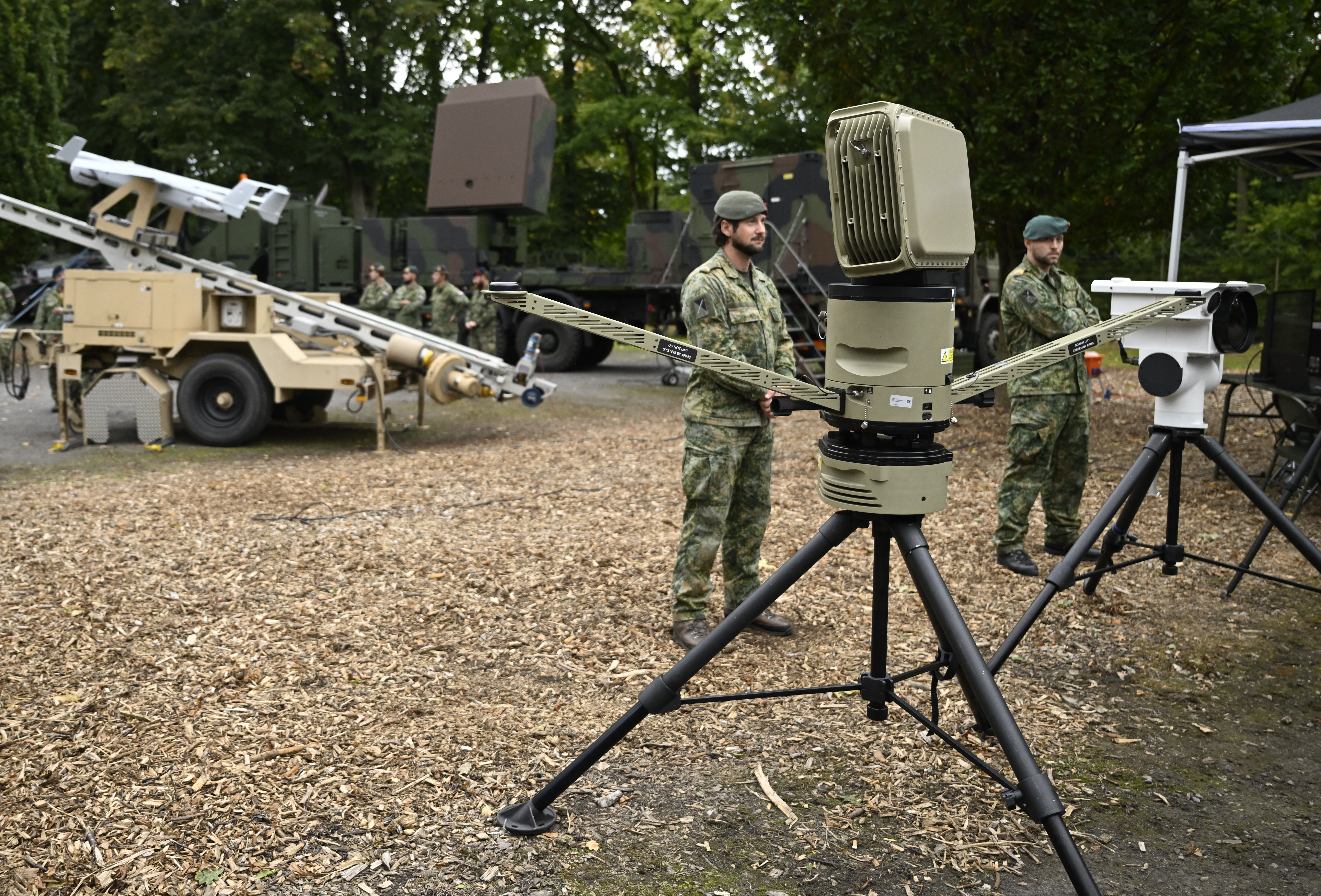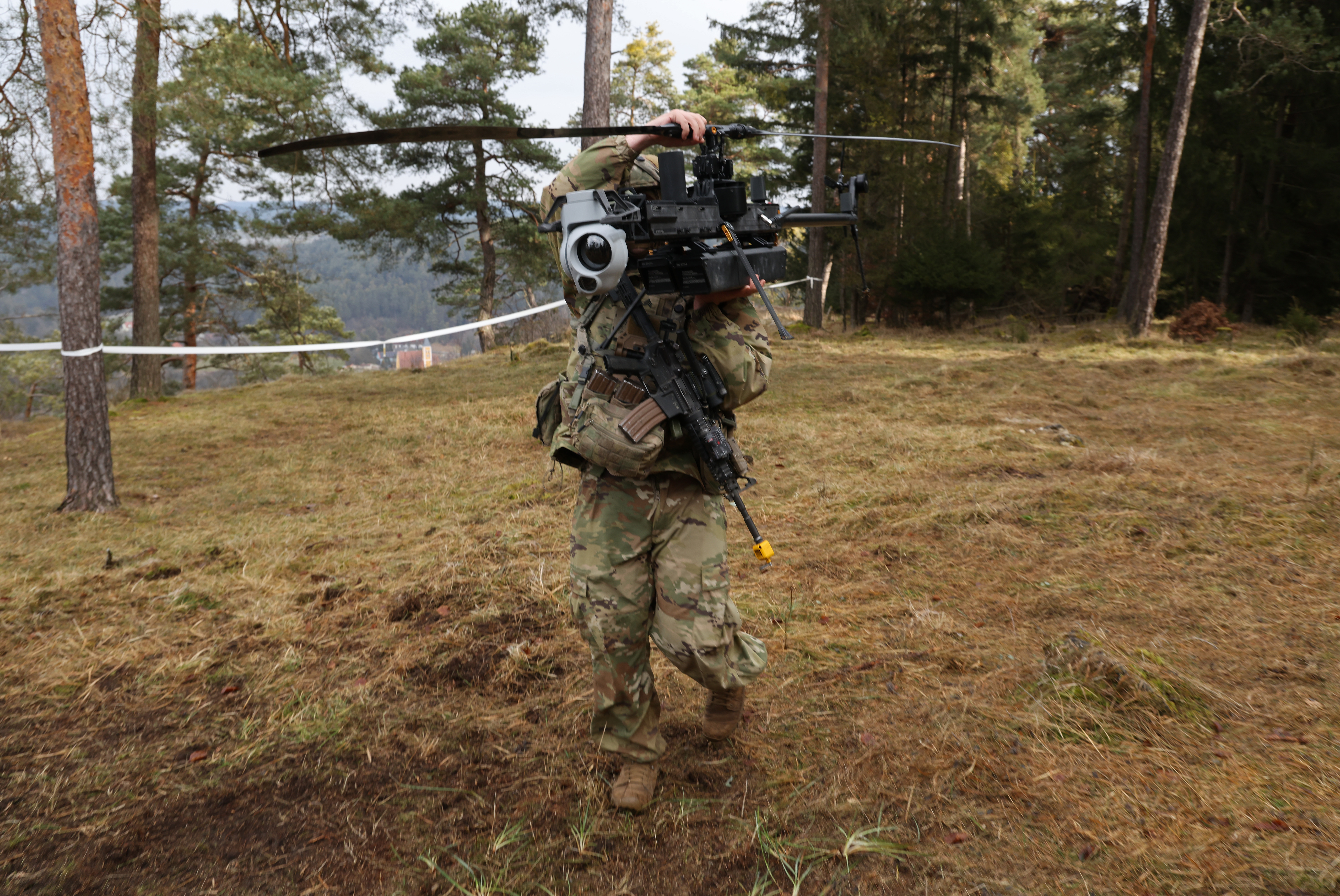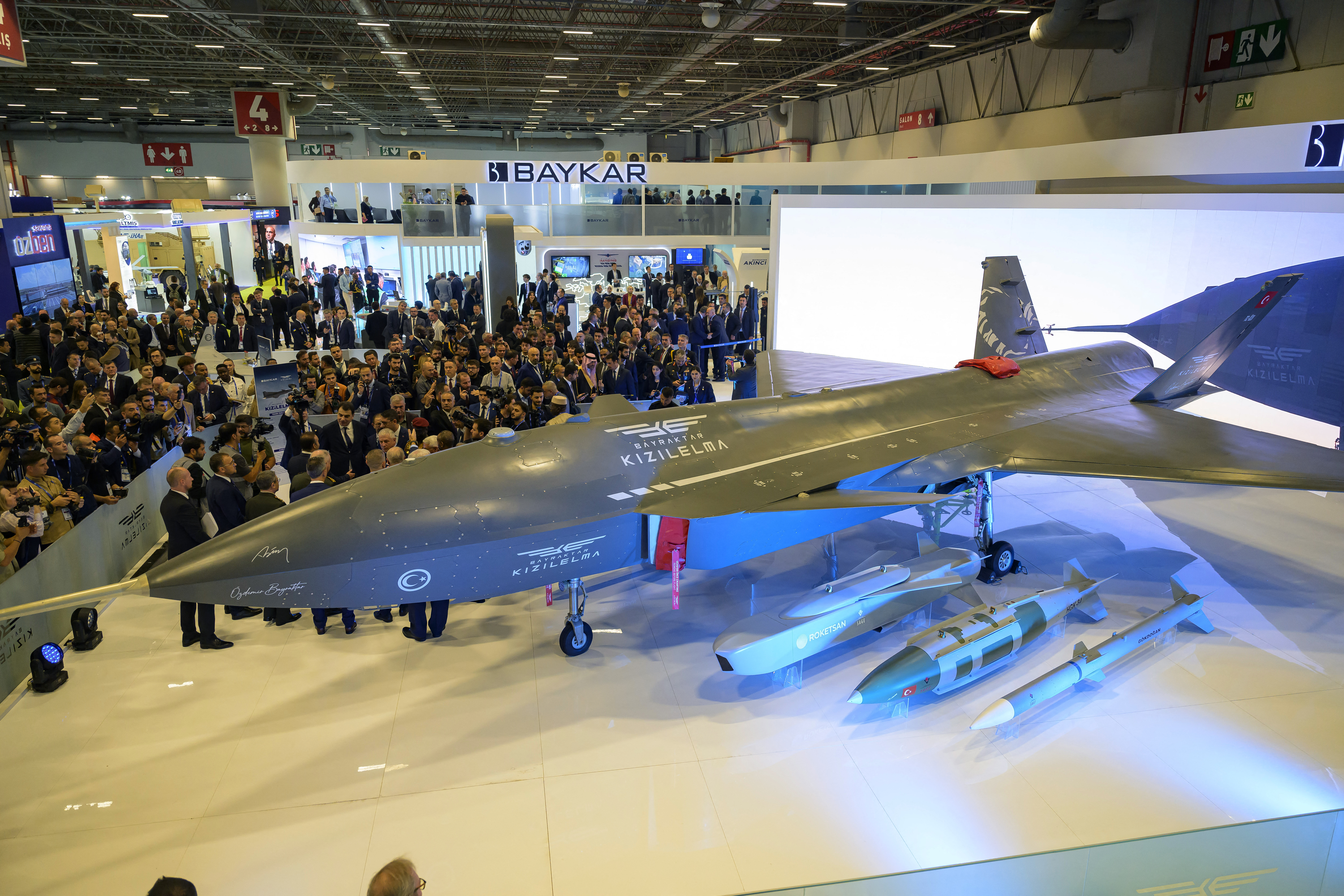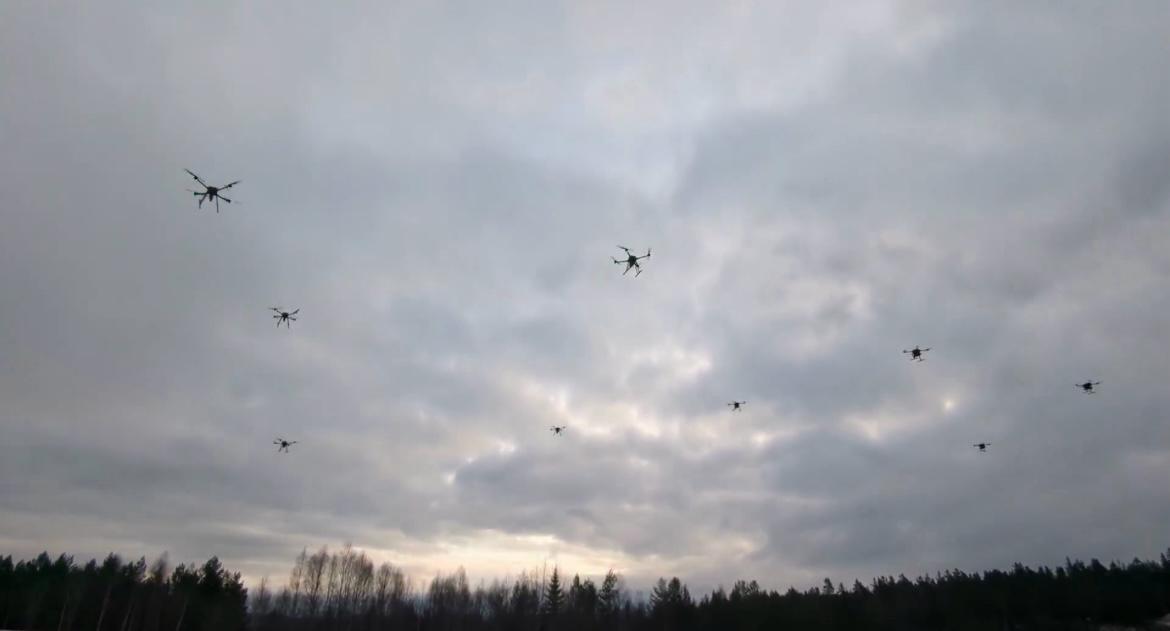
The Space Force’s premier wargame is expanding to include more enlisted, international, and commercial perspectives, officials told reporters Aug. 18.
Started in 1998, the Schriever Wargame typically looks 10 years down the road and challenges leaders to understand how a future fight may unfold—and what they need to win. The latest iteration started Aug. 10 at Maxwell Air Force Base, Ala., and runs through Aug. 21.
Space Force leaders want to grow the enlisted corps—calling them the service’s primary warfighters—adopt more commercial capabilities, and ensure their future force is “allied by design.” Now the wargamers in charge say they want to incorporate more of all three.
“Over the years at Schriever, we usually have the higher-level planners: majors, lieutenant colonels, colonels, in many cases, all the way up to the four-star level,” said Brian Raymond, deputy commander of Space Delta 10, which oversees doctrine and wargaming for the service. “Our enlisted cadre, although many are doing some of the same jobs, a lot of them just had not been able to get into the game. And so we’re expanding that.”
The Schriever Wargame is “where we test concepts and ideas against the realities of operations” and “ground every decision with their expertise and experience,” said Lt. Col. Justin Jones, commander of the 10th Delta Operations Squadron.
Global Perspective
On the allied side, this year’s wargame features nine partner nations, including two new observers, Italy and Norway, noted Space Delta 10 Commander Col. S. Shannon DaSilva.
As in previous editions, the wargame is focused on the Indo-Pacific, officials said, with the clear implication that the scenario involves China. To meet such a threat, USSF leaders have argued they don’t have enough resources to go it alone—they need allies to invest in capabilities that complement U.S. ones.
The wargame is helping with that, said Royal Australian Air Force Wing Commander Adam Carroll.
“All participating nations are gaining greater understanding of contributions necessary to protect and defend our high-value assets in space,” Carroll said. “We’ll continue working with allies and partners to make a credible contribution to a favorable regional strategic balance.”
For this year’s wargame, planners are injecting five “advanced notional technology concepts … to explore what might be in the realm of the possible for future investment discussions and integration with our partners,” DaSilva said.
She declined to reveal exactly what those concepts were, citing security concerns, but noted they touch on “space domain awareness, communication, [and] collaboration tools.”
The results of the wargame, she added, could inform the Space Force’s future structure, which officials have stressed will also incorporate allied perspectives.
It’s not just about deciding what to buy. Wargaming together helps leaders “think through multinational operations and how challenging those really are to orchestrate together, to make all of those work,” said Royal Air Force Col. Shaun Lamb.
Moving forward, the Space Force wants to go even further to incorporate allies into the process.
“The chief of space operations set the objectives for this year’s wargame, and we’re hoping that this is the last time that the U.S. will unilaterally set the objectives,” DaSilva said. “Rolling into Schriever Wargame 2027, our intent is that all the nations will jointly set the objectives.”
Contractors Weigh In
Industry has taken part in past editions of the Schriever Wargame, but companies have become all the more important as the Space Force plans a hybrid commercial-government network of space systems.
“Our commercial experts come in and they do not represent a single company,” DaSilva said, adding that their numbers are “growing.”
“They represent their expertise and volunteer their time, and they give us the commercial perspective, but do not align specifically to either the blue or the red cell. They represent commercial as a separate entity,” she said.
While USSF and allied countries can see what commercial firms have to offer, companies can also explore how they might fit into the allied framework.
“I think communication with industry is important,” said Justin Boileau of the Royal Canadian Air Force. “They understand what our needs are … and we can start that conversation with that shared understanding to mutually adapt their business models to our needs.”
The post Outside Perspectives Shape Space Force’s Top Wargame appeared first on Air & Space Forces Magazine.

Space, Warfighter Training, Maxwell Air Force Base, Schriever Wargame, Space Delta 10, Space Training and Readiness Command, STARCOM, wargames, wargaming, Wargaming Center
Air & Space Forces Magazine
[crypto-donation-box type=”tabular” show-coin=”all”]






